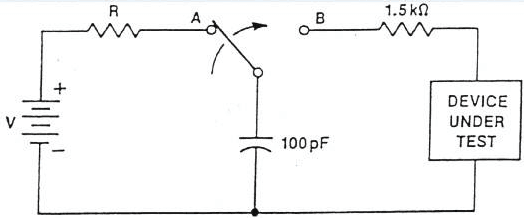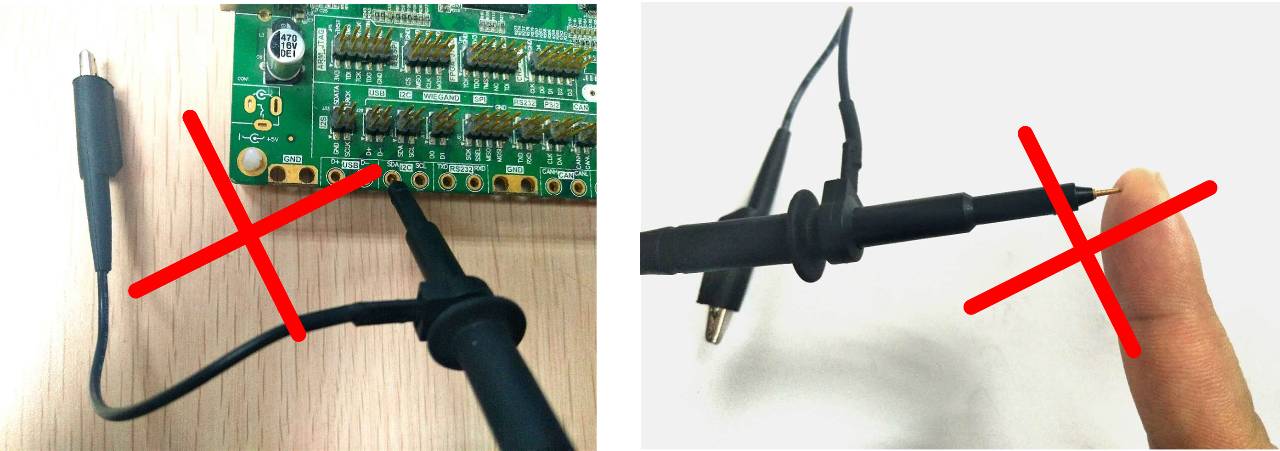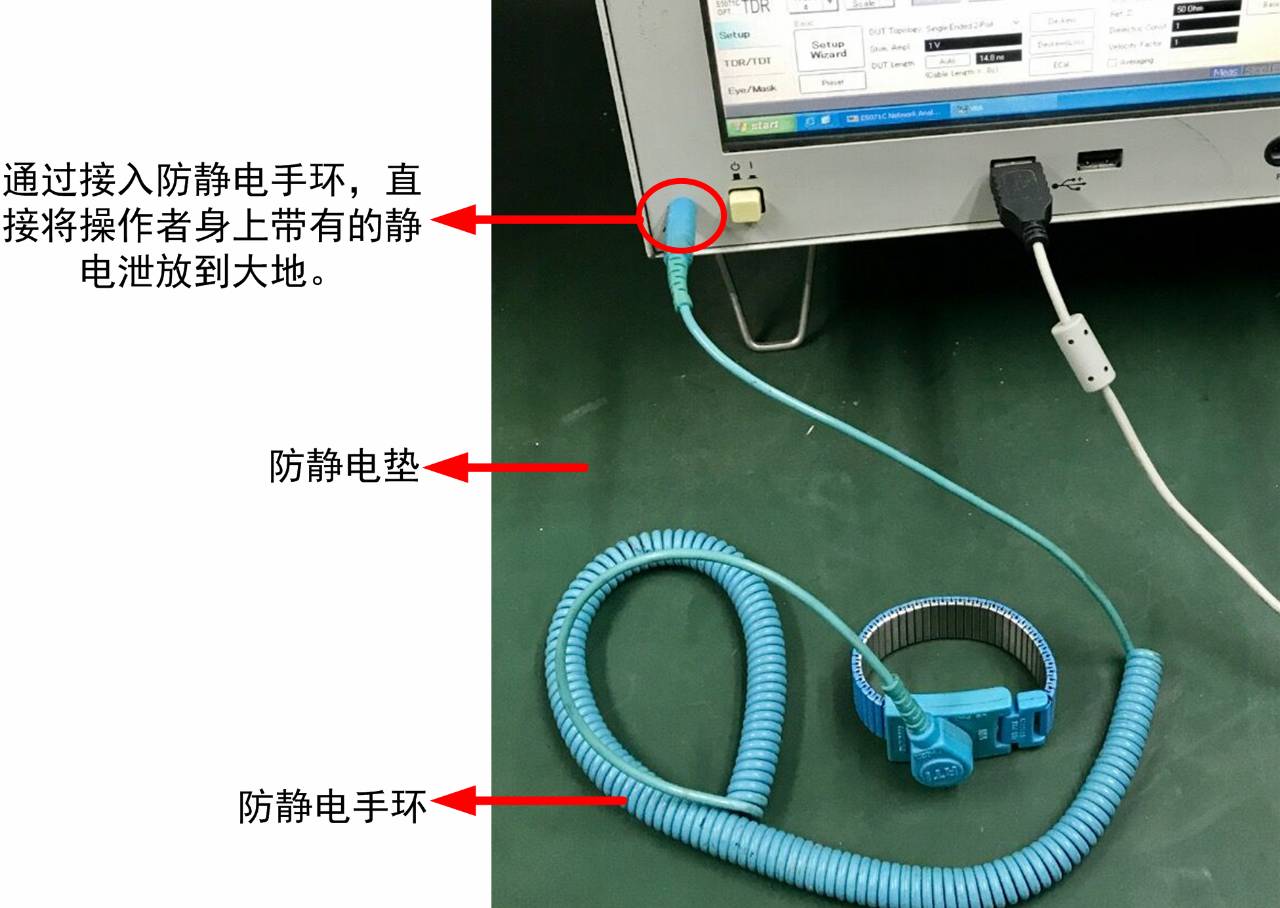Winter is coming! The damage of static electricity to electronic components and equipment cannot be ignored in winter. Why is the production line so invested in anti-static measures? It’s because I’m scared by static electricity! So how do we avoid static damage to the equipment in the lab? First, how is static electricity generated? Friction : Static electricity can be generated by any two objects of different materials that are rubbed and then separated. Induction : For conductive materials, since electrons can flow freely on the surface of the conductive material, if they are placed in an electric field, the charges are repelled by the same nature, the opposite sex attracts, and the positive and negative charges are transferred, thereby generating static electricity. Conduction : Also for conductive materials, electrons flow freely on its surface. If it comes into contact with a charged object, charge transfer occurs, resulting in static electricity. Figure 1 is a schematic diagram of a human body electrostatic model. When the switch is connected to A in the circuit, the voltage source charges the capacitor to simulate the process of accumulating static electricity in the human body; when the switch is connected to B, the charge stored in the capacitor is discharged to the device through the resistor (equivalent body resistance), which is equivalent to human touch. In the instant, the discharge process will generate a certain amount of instantaneous discharge current in a few hundred microseconds, which may damage the internal devices of the device. Figure 1 Human body electrostatic model Second, why is the instrument so easily broken by static electricity? Instrument products usually need to meet the electromagnetic compatibility requirements of IEC61326-1 standard, which includes electrostatic immunity test, which requires instrument products to meet the test discharge level of 4KV and air discharge 8KV according to IEC61000-4-2. . 1, the higher the frequency of the instrument, the electrostatic protection ability is relatively weaker The oscilloscope is a high-resistance device, which is highly susceptible to static electricity generated by external static electricity. However, when the charge is difficult to discharge in a place with strong static electricity, electrostatic breakdown is likely to occur. Since the parasitic parameters of the ESD protection device affect the measurement of high-frequency signals, too many ESD protection devices cannot be integrated in the high-frequency instruments, resulting in a decrease in the ESD protection capability. Therefore, the more high-frequency instruments need to pay attention to electrostatic protection. 2, incorrect use of the operation will also cause the instrument to be damaged by static electricity For an oscilloscope, be sure to pay attention to the grounding and then connecting the signal. For example, the following two operations are very dangerous and must be avoided as much as possible . Incorrect operation 1: When measuring the board with an oscilloscope, the probe is connected to the signal line first, and the probe ground is grounded; Incorrect operation 2: Touch the probe needle directly by hand, as shown in Figure 2. Figure 2 Error operation 3. What measures can we use to do static electricity protection ? Although the instrument has a certain anti-static ability, if the environmental static is higher than the standard requirements, the instrument may still be damaged by static electricity, so some basic static protection measures when using the instrument are necessary to understand. Electrostatic protection mainly follows the principle of first release and then operation. 1. Keep the instrument grounded well The purpose is to discharge static electricity to the earth. If floating measurement is necessary as a last resort, be sure to discharge static electricity before grounding. 2. Static treatment of the environment before measurement If conditions permit, the production line needs to be equipped with anti-static floor, anti-static clothing, anti-static shoes, etc. For the use of high-frequency instruments, the static electricity on the human body should be directly discharged to the earth by wearing an electrostatic wristband, as shown in Figure 3. Figure 3 Common anti-static measures for the instrument If the conditions do not allow, we have a more convenient way, you can touch the grounded good things by hand before touching the instrument, preferably once every time. 3, must be grounded first, followed by the signal. The device under test will also have static electricity (small contact resistance and higher release current). Therefore, when using an oscilloscope to measure the circuit board, you must first connect the probe ground wire and then connect the probe to the signal line. If the probe is connected to the test point first, After the probe ground, static electricity will be directly released through the oscilloscope signal loop, which may penetrate the internal components of the oscilloscope. This is a very important operation step. In many card design, there are similar applications. As shown in Figure 4, the PCIE board has a clock finger that is significantly shorter than other pins. It is used to make the ground wire contact first after the card is inserted. Contact after the line is safe. Figure 4 Common anti-static measures for the board 4, try not to touch the bare interface Do not touch the exposed interface of the electronic device, including the oscilloscope probe probe. Fourth, summary When using the instrument, the operator must have a static protection awareness, especially in the dry winter, so as to minimize the damage of the electrostatic discharge to the instrument. Once again, especially in the north, especially in the winter. Face Plate,electrical face plates,cat6 faceplate,face plates NINGBO UONICORE ELECTRONICS CO., LTD , https://www.uniconmelectronics.com


